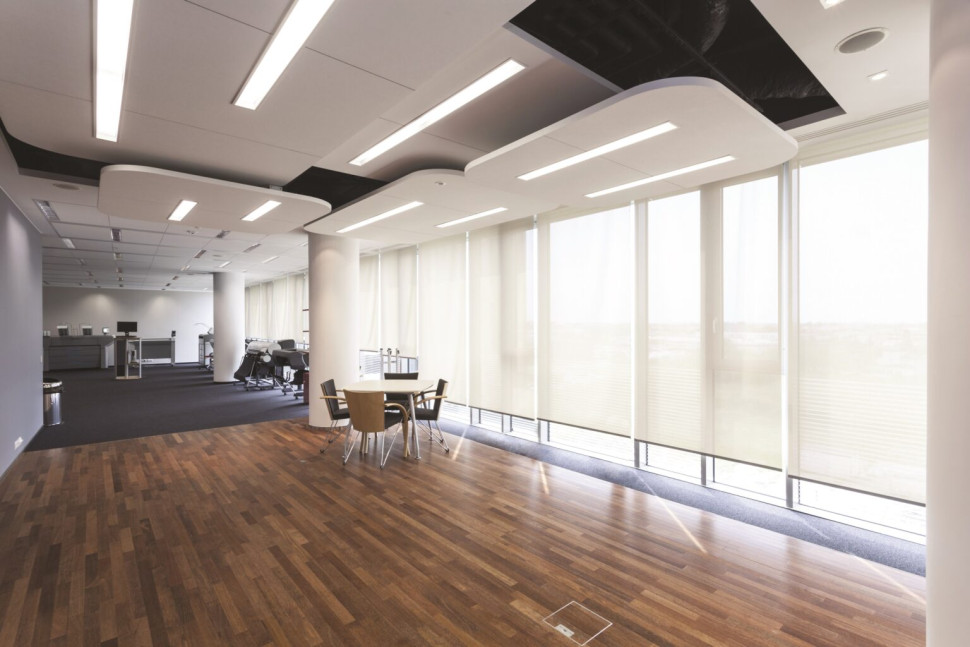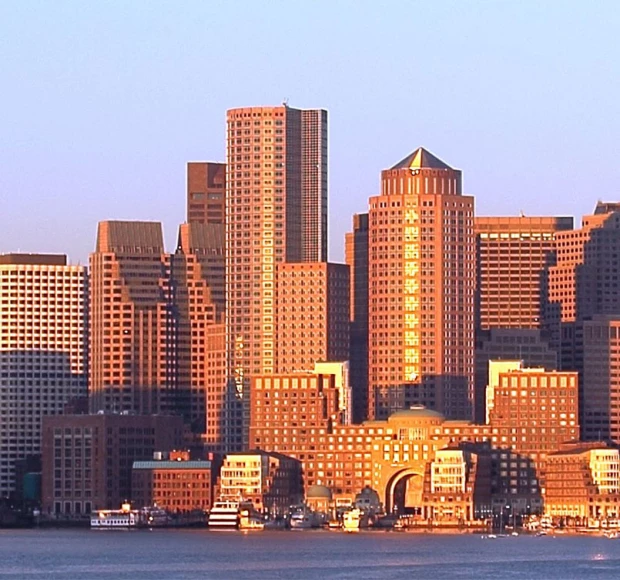By 2050, the state of Massachusetts aims to have 80% of its energy provided by carbon-free sources, but the city of Boston is planning to one-up the state by becoming 100 percent carbon-free by then. A report published in January of this year details the findings of a team of experts from the city, outside consulting firms, and Boston University’s Institute for Sustainable Energy, who were tasked with researching how Boston can become 100% carbon-free. The report found that the city must pursue interconnected strategies in three key sectors: first, deepen energy efficiency while reducing demand; second, electrify as much as possible; and third, purchase 100 percent clean energy. When it comes to buildings in the growing city, the report has stated, “Nearly every building in Boston will need to undergo retrofits that holistically and dramatically reduce energy consumption.” New buildings must meet high energy performance standards, and existing buildings will need deep energy retrofits. Through the implementation and utilization of daylight harvesting systems, Contexture has the opportunity and capability to help with both requirements, in order to aid the city in becoming carbon-free by 2050. Daylight harvesting systems utilize daylight to offset the amount of electric lighting needed to light a space, thereby reducing energy consumption by using lighting control systems that dim or switch electric lighting in response to daylight levels. The most efficient daylight harvesting systems are automated and maintain a light level of 500 Lux (the commonly recommended light level for offices). Daylight harvesting can be sub-divided into passive daylighting and active daylighting.

Passive daylighting collects sunlight using static, stationary systems that do not track the sun (like windows, skylights, and sliding glass doors) and simply reflect collected daylight into a building, using elements such as light wall colors, mirrored walls, glass paneling, and light shelves. Passive daylighting systems do not use mechanical means to track or follow the sun. Active daylighting tracks sunlight using mechanical methods. Mathematical formulas based on sun path charts, in combination with sensors or lenses that detect light levels, are used to predict and maximize the amount of natural daylight present in the space. Electric lighting is then adjusted based on the available daylight in the space. A lighting control system module and automated light switching devices are used to dim or turn off fixtures as needed, in order to maintain optimal lighting in the space. In commercial buildings in the United States, including Boston, the single largest operating cost is lighting, with lighting systems representing one-third or more of a commercial building’s total electrical energy costs. Additionally, lighting systems constitute 30% to 50% of U.S. office buildings’ total electrical energy consumption. By implementing daylight harvesting systems into new and existing buildings, Boston can drastically reduce its energy consumption while also ensuring that optimal lighting levels are maintained. This reduction in energy consumption through daylight harvesting would greatly assist the city in reaching its 2050 goal by allowing the massive amount of electrical energy previously needed for lighting these buildings to be redirected elsewhere. In our next blog post, we’ll take a look at some of the daylight harvesting systems that Contexture offers, which can all be used to help Boston achieve its ambitious goal of becoming carbon-free by 2050.

